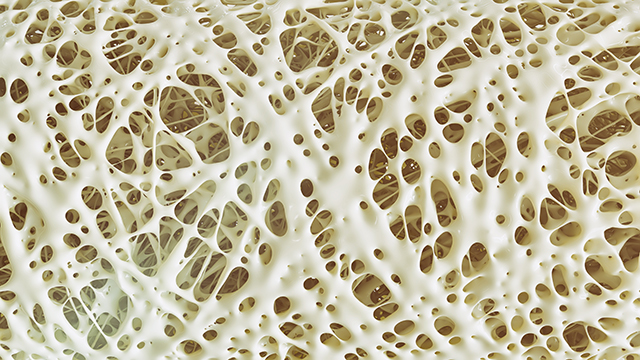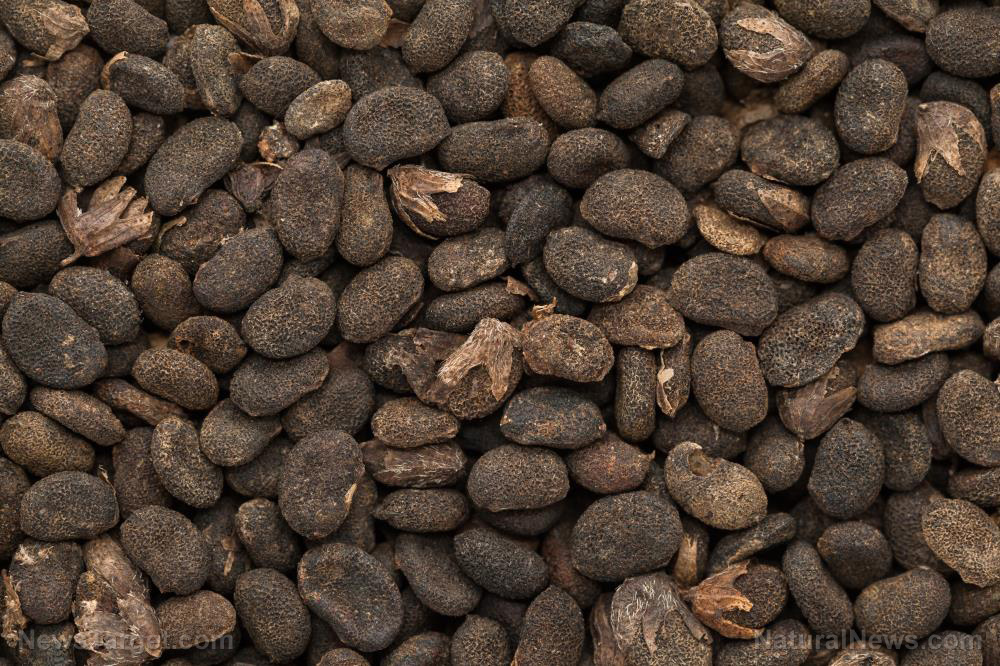Sulforaphane, a compound in cruciferous vegetables, found to kill colon cancer cells
10/08/2019 / By Evangelyn Rodriguez

An increasing number of studies have recently emerged promoting the benefits of eating cruciferous vegetables. These vegetables are not only rich in dietary fiber that supports digestive health, but they are also good sources of phytonutrients that can reduce the risk of cancer. For instance, isothiocyanates, which are formed through the breakdown of glucosinolates found in cruciferous vegetables, exhibit anti-tumor activities, according to literature. In a recent study published in The American Journal of Chinese Medicine, researchers from China Medical University in Taiwan investigated the anticancer activity of sulforaphane (SFN), an organic isothiocyanate present in abundance in cruciferous vegetables, such as broccoli, cabbages, cauliflower, and kale. They found that SFN is an effective anti-cancer agent that can induce cell cycle arrest and apoptosis of cancer cells in vitro.
Sulforaphane triggers G2/M arrest and programmed cell death in colon cancer cells
According to the researchers, SFN obtained from cruciferous vegetables is a potent anti-tumor and chemopreventive agent; however, previous studies have not yet explored its effects on human colon cancer cells. To determine how SFN will affect this type of cancer, they used HCT 116, a human colorectal carcinoma cell line commonly used to study the mechanisms of tumor growth and metastasis. They treated HCT 116 cells with SFN and observed its influence on these cells. (Related: Sulforaphane from broccoli and cruciferous vegetables selectively destroys cancer cells.)
The researchers reported that SFN induced changes in cell morphology and decreased the viability of HCT 116 cells. These morphological changes were captured using a phase-contrast microscope. After performing flow cytometric assays, the researchers observed that SFN induced G2/M phase arrest, cell apoptosis, and the generation of reactive oxygen species (ROS) and Ca2+. It also increased the activities of caspase-8, -9, and -3 in HCT 116 cells but reduced mitochondrial membrane potential.

|
Discover how to prevent and reverse heart disease (and other cardio related events) with this free ebook: Written by popular Natural News writer Vicki Batt, this book includes everything you need to know about preventing heart disease, reversing hypertension, and nurturing your cardiac health without medication. Learn More. |
G2/M refers to the transition phase during the cell cycle that occurs between the G2 (gap 2) phase and the M (mitosis) phase. G2/M serves as a checkpoint that controls the phase progression of the cell cycle and regulates the quality and rate of cell division. Defects in the G2/M arrest checkpoint — caused by damage to DNA — can force a cell to enter mitosis and undergo apoptosis (programmed cell death). On the other hand, enhancing G2/M arrest can also induce apoptosis. Caspase-8, -9, and -3 are enzymes that serve as the key components of the apoptotic machinery. They play central roles in the progression of apoptosis.
When the researchers performed Western blotting, they observed that SFN increased the expression of cyclin A, cdk 2, cyclin B and Wee1, but decreased the expression of cell division cycle 25 C (Cdc25C) and cdk1, which led to G2/M phase arrest. SFN also induced the release of cytochrome c and apoptosis inducing factor (AIF), which was confirmed by confocal microscopy examination. The researchers confirmed apoptotic cell death by Annexin V/PI and DAPI staining and DNA gel electrophoresis after HCT 116 cells were treated with SFN. They also reported that SFN induced ER stress-associated protein expression.
Cyclin A and cdk2 form a complex during the cell cycle that triggers G2/M transition. Overexpression of cyclin A causes premature S-phase entry and DNA double-strand breaks. Cyclin B, on the other hand, forms a complex with cdk1 during the cell cycle. Degradation of cyclin B is necessary for the inactivation of this complex and exit from mitosis. Wee1 is an enzyme that regulates G2/M transition by phosphorylating CDK2 to terminate the cell cycle. Cdc25C is a phosphatase that triggers entry into mitosis and suppresses a pro-apoptotic kinase, ASK1, during interphase. The ability of SFN to increase or decrease the levels of these cell cycle proteins contributes to pro-apoptotic activity on cancer cells.
Based on these findings, the researchers concluded that SFN is a novel anti-cancer agent that can be used to treat human colon cancer in the future.
Sources include:
Tagged Under: #nutrition, alternative medicine, anticancer, antitumor, apoptosis, cancer cures, cancer risk, cancer treatment, cell cycle, cell cycle arrest, cell division, chemopreventive, clean food, colon cancer cells, cruciferous vegetables, dietary fiber, disease treatments, food cures, food is medicine, functional food, G2/M phase, glucosinolates, isothiocyanates, longevity, mitosis, natural cures, natural medicine, phytonutrients, prevention, research, sulforaphane



















